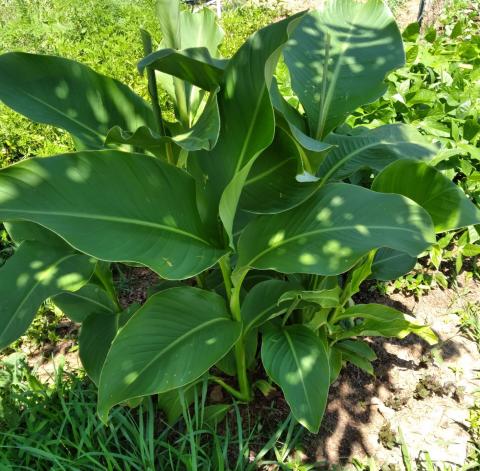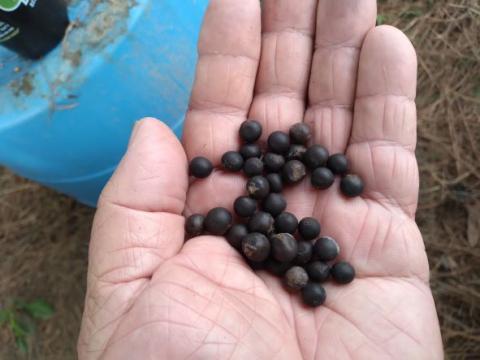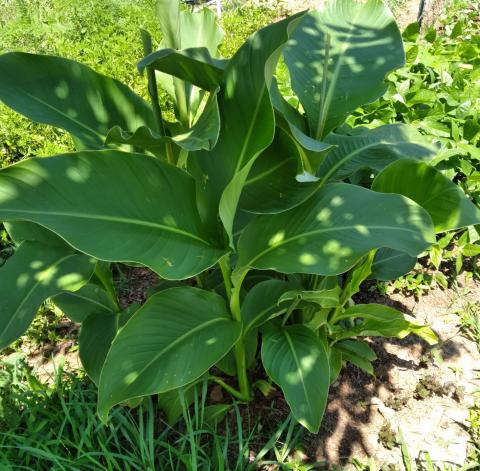Hi everyone
I hope this message finds you. The email system here still seems to be not quite functional, but hopefully soon.
The 2019 canna pollinating season is winding down. I am happy to report that my first generation hybrids of Queensland arrowroot (female) with a variety of male species (including mostly the giant altensteinii and the smaller/weedier indica) have performed well with hefty tubers on most of them. They were allowed to set seed from open pollination without many other neighbors so should mostly be intercrossed and self pollinated depending on compatibility. I have a fairly large amount of seed from these so can share small quantities with those interested in growing them out. Email me at shane.simonsen@icloud.com to organise. If you haven't grown canna from seed before I can also include some open pollinated altensteinii x indica hybrid seed for practice. The large seed germinate readily after having water at about 80 C poured over them then soaked overnight before sowing.
I have also been backcrossing the pollen from the queensland arrowroot hybrids back onto the pure queensland arrowroot. This has provided some seed but indicates there are some cytoplasmic self incompatibility issues. By contrast pollen from the reverse cross hybrid (Queensland arrowroot pollen on C. indica seed parent) has given much stronger seed set on female queensland arrowroot flowers. Good to know these issues when planning future crosses, though the ideal is to have a diverse population that sets seed readily without human intervention. I also have been crossing a few new species with Queensland arrowroot but quantities are too limited with these as well to share, but their offspring should be available in future to add genetic diversity to the project.
Hope to hear from you soon






